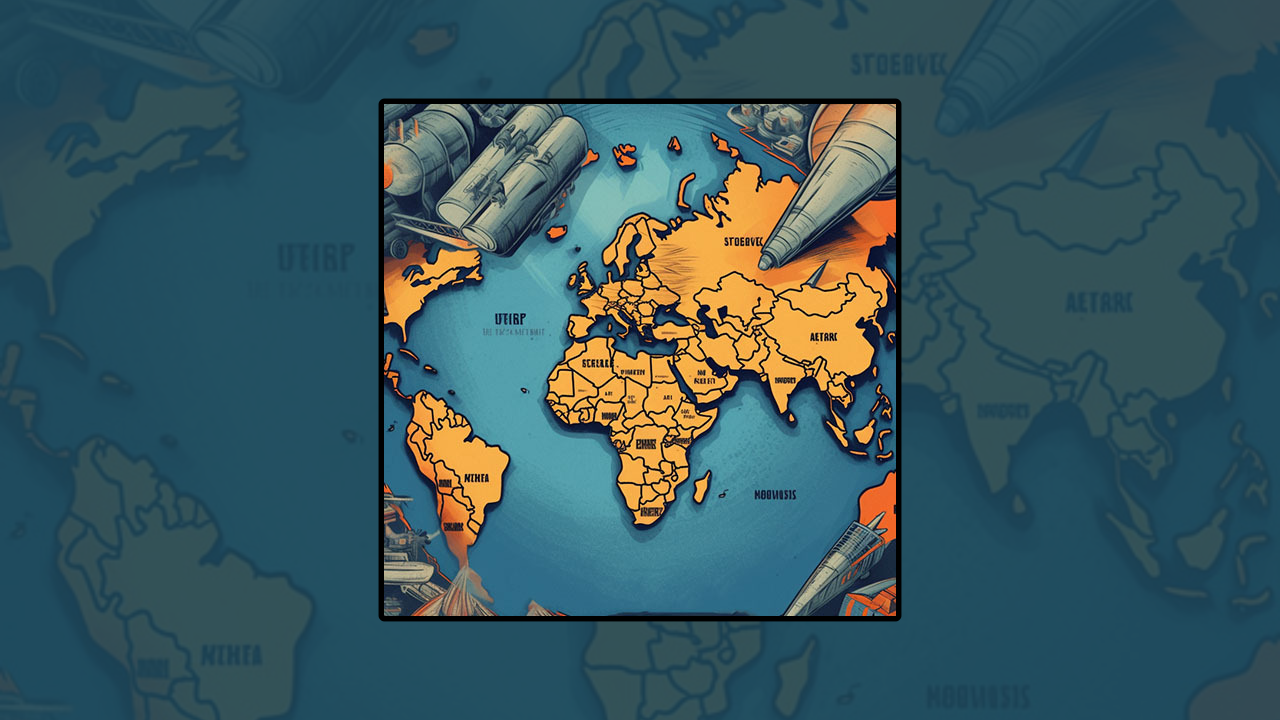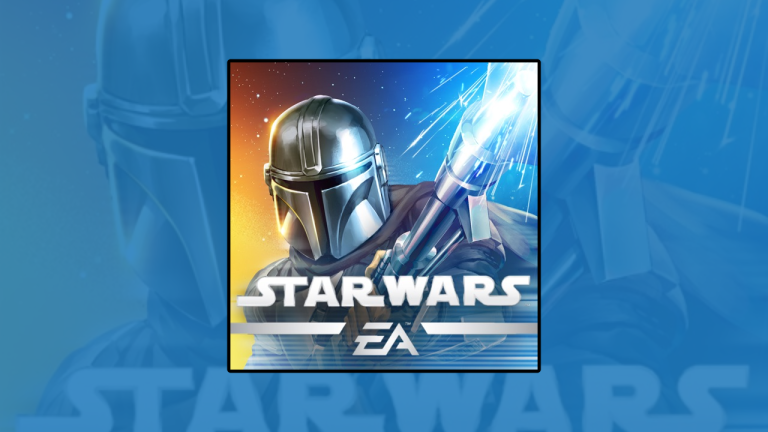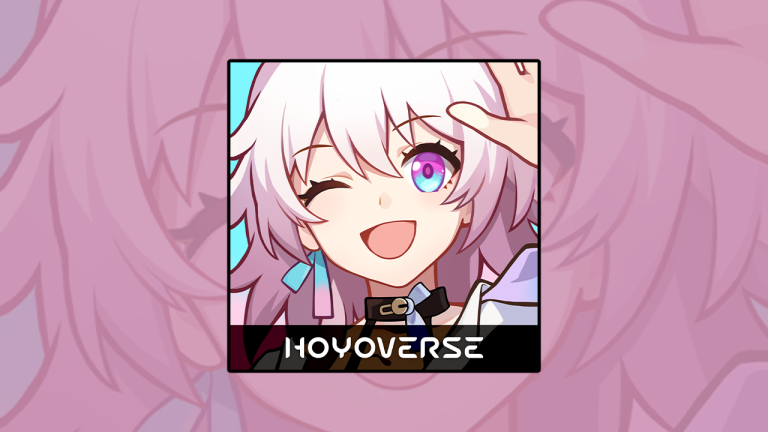5 Ultimate Tips and Tricks for Conflict of Nations: WW3 on Android and iOS
Hey folks! So, you’ve stumbled upon the world of Conflict of Nations: WW3, huh? Whether you’ve just downloaded the game out of curiosity or you’ve been hearing your friends rave about it and decided to give it a shot, welcome to the club! Like many of you, we were once newbies, navigating our way through this intricate game, making mistakes, and learning the ropes. Over time, we’ve picked up some pretty handy tips and tricks that have transformed our gameplay.
And guess what? We’re here to share them with you. Whether you’re trying to establish dominance in your region, form the perfect alliance, or just looking for ways to optimize your strategy, we’ve got your back. Let’s dive into this exciting world together and make our mark on the map!
1. Start Strong: Building a Robust Economy
When we kick off a new game in Conflict of Nations: WW3, one of the first things we zero in on is our economy. Why, you ask? Well, think of your economy as the backbone of your nation. Without a strong economic foundation, everything else can crumble pretty quickly.
In the early stages, resources might seem abundant, but as the game progresses, you’ll realize just how crucial they are. From building units to upgrading structures, everything costs resources. And trust us, running out at a critical moment is not where you want to be.
So, what do we do? Right off the bat, we focus on constructing and upgrading those resource buildings. Whether it’s oil rigs, farms, or factories, we get them up and running ASAP. Not only does this ensure a steady flow of resources, but it also gives us an edge when it comes to trading with allies or even negotiating with potential foes.
Remember, a nation with a thriving economy is a force to be reckoned with. So, before you get lost in the thrill of battles and alliances, take a moment to set up your economic game. It’s an investment that will pay off big time as the game unfolds.
2. Scout, Scout, Scout: The Power of Information
We’ve been in enough games to know that knowledge is power in Conflict of Nations: WW3. And how do we gain that knowledge? By scouting, of course! It’s like having a pair of binoculars in a foggy landscape; it clears the view and gives you a better understanding of what lies ahead.
Now, you might wonder, “Why scout when I can just dive into the action?” Well, here’s the thing: diving in without a clear picture can lead to some pretty nasty surprises. We’ve had our fair share of ambushes and unexpected enemy moves, all because we didn’t take a moment to scout the area.
When we send out scouts, it’s not just about spotting enemy troops. It’s about understanding the terrain, identifying key resource points, and even gauging the strength of neighboring nations. Are they friend or foe? Are they gearing up for an attack or just passing through? These are the kind of questions scouting can answer.
Another little trick we’ve picked up? Use scouting as a psychological tool. Sometimes, just the act of scouting can deter potential attackers. It sends a message that you’re alert, prepared, and not to be taken lightly.
In a nutshell, scouting is like doing your homework before a big test. It prepares you, gives you confidence, and significantly ups your chances of success. So, before making any major moves, take out those binoculars (figuratively, of course) and scout away!
3. Allies are Key: The Strength in Numbers
In the vast, unpredictable world of Conflict of Nations: WW3, if there’s one thing we’ve learned, it’s that you can’t go it alone. Sure, there’s a thrill in being the lone wolf, charting your own path and taking on challenges head-on. But trust us, having allies by your side can be a game-changer.
Why? Well, for starters, there’s the obvious advantage of strength in numbers. When you’re up against a formidable opponent, having allies can tip the scales in your favor. It’s not just about having more troops; it’s about combining strategies, sharing resources, and presenting a united front.
But it’s not all about warfare. Allies can be invaluable in peaceful times too. Need a particular resource that’s scarce in your region? An ally might just have a surplus. Looking to expand your territory without conflict? An ally can help negotiate deals or even offer you land in exchange for something they need.
And let’s not forget the social aspect of the game. Forming alliances can lead to some great friendships, both in-game and out. We’ve had countless fun chats, shared laughs, and even formed real-life friendships, all thanks to the alliances we’ve made in the game.
However, a word of caution: choose your allies wisely. While a good ally can lift you up, a bad one can drag you down. Look for players who share your goals, play style, and, most importantly, can be trusted.
In a nutshell, while it’s possible to play solo, we’ve found that the journey is a lot more fun, rewarding, and successful with allies by our side. So, reach out, form bonds, and together, conquer the world of Conflict of Nations: WW3!
4. Defense First: Building Your Fortress Before Charging Out
We get it. The allure of launching an attack, conquering territories, and expanding your empire is hard to resist. But here’s a piece of advice we’ve come to value: always prioritize defense before going on the offensive. Think of it as building a fortress around your kingdom before setting out on conquests.
Why is this so important? Well, imagine this scenario: you’ve sent out a large portion of your troops on an offensive mission, leaving your homeland relatively unprotected. While you’re out there, an opportunistic neighbor spots the vulnerability and decides to strike. Before you know it, you’re scrambling to defend your home, and the offensive mission you were so excited about becomes a distant dream.
Building a solid defense ensures that while you’re out there making moves, your homeland remains a safe haven. It deters potential attackers and gives you peace of mind. We’re talking walls, towers, traps, and strategically placed troops ready to fend off any intruders.
Another thing we’ve noticed? A strong defense can be a psychological deterrent too. When potential attackers see those towering walls and well-placed defenses, they might think twice before launching an assault. It sends a clear message: “We’re prepared, and we won’t go down without a fight.”
Lastly, investing in defense also gives you time. Time to plan, strategize, and make informed decisions rather than hasty reactions. It allows you to observe the game’s landscape, understand your opponents, and then make your move with confidence.
In essence, while offense might bring the thrill of conquest, a solid defense is what ensures long-term success and stability. So, before you get carried away with dreams of expansion, take a moment to fortify your base. Trust us, it’s a move you won’t regret.
5. Upgrade Regularly: Staying Ahead of the Game
In the ever-evolving landscape of Conflict of Nations: WW3, resting on your laurels can be a recipe for disaster. We’ve been there, feeling pretty confident with our current setup, only to be caught off-guard by an opponent with superior tech and upgraded units. That’s why we can’t stress enough the importance of regular upgrades.
Now, you might wonder, “Why should I upgrade if things are going smoothly?” Well, here’s the thing: the game doesn’t stand still. While you’re feeling comfy with your current state, your opponents are likely advancing, researching new tech, and bolstering their forces. And when push comes to shove, you don’t want to be the one with outdated equipment on the battlefield.
Upgrading isn’t just about firepower, though. It’s about optimizing every aspect of your nation. From resource buildings that boost your economy to research facilities that unlock new tech, every upgrade counts. It’s like tuning a car; the more you fine-tune each part, the better the overall performance.
Another perk of regular upgrades? Flexibility. When you have a diverse range of upgraded units and structures, you can adapt to various situations. Facing an aerial assault? Deploy those advanced anti-air units. Need to break through enemy defenses? Roll out the upgraded tanks. The point is, upgrades give you options, and in a game as dynamic as Conflict of Nations: WW3, options are invaluable.
In a nutshell, think of upgrades as investments in your nation’s future. They might cost resources and time now, but the returns, in terms of power, efficiency, and versatility, are well worth it. So, the next time you’re contemplating whether to upgrade or not, remember: staying ahead of the game is always a good strategy.
In Conclusion: Mastering the Game One Move at a Time
So there you have it, folks! Our top tips to help you navigate the intricate world of Conflict of Nations: WW3. Remember, every game is a new adventure, a fresh challenge, and an opportunity to learn. While these tips provide a solid foundation, the real magic happens when you adapt, improvise, and create strategies of your own. And hey, we’re all in this together, right? So let’s share, collaborate, and help each other out.
For those of you hungry for more, we’ve found some fantastic resources that delve even deeper into the game’s strategies:
- Conflict of Nations: World War 3 Beginner’s Guide: Tips, Cheats & Strategies
- Good Strategies? – Questions & Answers on the Official Forum
- Conflict of Nations MEGAGUIDE on Steam Community
Dive into these links, soak up the knowledge, and before you know it, you’ll be a master strategist, leading your nation to glory. Happy conquering, and may the odds be ever in your favor!






